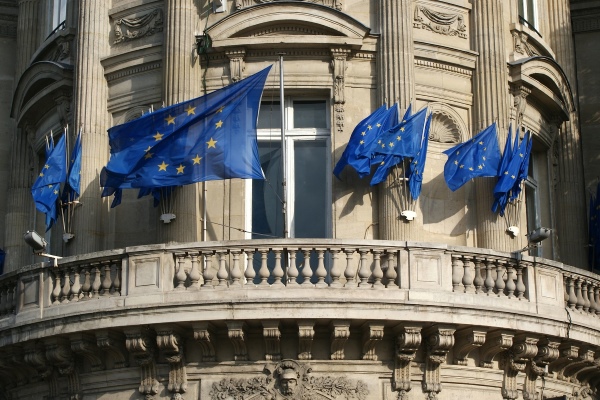
While most counterfeit goods distributed in the EU are produced outside the bloc, there are signs that production increasingly takes place within EU borders, says a recent report.
The latest IP Crime Threat Assessment from Europol and the European Union Intellectual Property Office (EUIPO) suggests that frequent seizure of counterfeit packaging materials and semi-finished products on entry to the EU "clearly points to the presence of manufacturing facilities in the EU – some for partial assembly and others running full production cycles."
While the criminal networks organising the importation and distribution of counterfeit goods in the EU are believed to be based outside the EU, where most counterfeit goods production takes place, EU-based networks distribute imported counterfeit goods and, in some cases, operate production facilities.
Approximately 66 million counterfeit and pirated goods were seized in the EU in 2020, down from 76 million in the prior year, with the decline put down to reduced international trade due to the COVID-19 pandemic,.
Nevertheless, IP crime continues to pose a "substantial threat" to the health and safety of EU consumers, says the report. It has been estimated that €119bn were imported into the EU in 2019, representing up to 5.8 per cent of total imports into the bloc.
The scale of the illicit trade is particularly concerning "as the EU seeks to transition into post-pandemic economic recovery," according to Europol and the EUIPO.
The report notes that clothes, accessories and luxury goods remain among the most popular product categories for counterfeiting, with electronic devices and components, cosmetics, food and drink products, pesticides and pharmaceutical products also featuring prominently in 2020.
Among the other key findings for the 2022 report are as follows, according to the report:
- Clothes and clothing accessories are promoted via live-streaming sales, videos and sponsored advertising on social media, targeting customers with deceitful offers of discounts or low-price branded products.
- Counterfeiters are exploiting the global supply shortage in semiconductor chips. Mobile phones, their accessories and components are among the most affected commodities targeted by IP design and trade mark infringements.
- The production of illicit food products, especially drinks, is increasingly professional and sophisticated. Some counterfeiters operate an end-to-end business model, covering the whole supply and distribution chain. Violations of protected geographical indications cover a wide range of products and continue to be widely reported.
- IP right infringements related to perfumes and cosmetics relate to the production of everyday goods: mainly shampoo, toothpaste, cosmetics and detergents.
- The trade in illicit pesticides remains a low-risk, high-profit crime for the offenders sustained by high demand for illicit products and low sanctions for the offenders, generating substantial profit for a low initial investment.
- The production of illicit pharmaceutical products frequently takes place now in illegal laboratories within the EU. These are difficult to detect and supply multiple distributors. However, these products largely continue to originate from outside the EU.
©
SecuringIndustry.com





